A DIY Pickleball Court?
The Caribbean Pickleball Federation is committed to providing access to the sport to schools and community centers across the region. We know that budget is a challenge for many island school districts. Do not make perfect the enemy of the good. Use chauk on a flat surface to start playing.
This blog post discusses budget-friendly strategies to make the sport accessible to all. These are some ideas. Contact us for more information.
Repurposing Existing Facilities: One of the most cost-effective ways to build a pickleball court is by repurposing existing facilities. Look for underutilized or abandoned spaces, such as tennis courts, basketball courts, or even parking lots, that can be converted into pickleball courts. By repainting lines and adjusting the dimensions, these spaces can be transformed into functional pickleball courts at a fraction of the cost of building from scratch.
Collaboration and Community Involvement: Building a pickleball court on a tight budget can be made possible through collaboration and community involvement. Reach out to local businesses, organizations, and individuals who are passionate about the sport and willing to contribute their time, resources, or funding. Form partnerships and seek sponsorships to secure materials, equipment, and labor at reduced costs or through donations. Engaging volunteers from the community can also help minimize construction expenses.
DIY Approach: For those schools and community centers with limited budgets, taking a do-it-yourself approach can be a cost-effective option. With proper planning and guidance, constructing a pickleball court can be a manageable project. Online resources, instructional videos, and community forums provide valuable guidance on court layout, dimensions, and materials required. While it may require more effort and time, this approach can significantly reduce costs and offer a sense of accomplishment when the court is completed.
Using Recycled or Repurposed Materials: To minimize costs, consider using recycled or repurposed materials wherever possible. For example, recycled asphalt or concrete rubble can be used as a base for the court surface. Seek out local construction sites or municipal projects that may have excess materials that can be repurposed. Additionally, explore options for second-hand or donated equipment, such as nets, paddles, and balls, to further reduce expenses.
Focus on Essential Features: When working with a limited budget, prioritize essential features for the pickleball court. Invest in high-quality pickleball nets and durable court lines, as these elements directly impact gameplay. However, consider cost-saving alternatives for non-essential features such as seating or spectator areas. It is crucial to strike a balance between functionality and cost-effectiveness to ensure the court meets basic requirements while staying within the budget constraints.
The CPF is here to support your goals! Creating budget-friendly pickleball courts in schools and community centers is essential to make the sport accessible to all. By repurposing existing facilities, leveraging community involvement, adopting a DIY approach, using recycled materials, and focusing on essential features, it is possible to build cost-effective pickleball courts. These initiatives not only allow for youth engagement in the sport but also promote physical activity, community cohesion, and personal growth. Let's work together to break down financial barriers and provide opportunities for young individuals to discover the joys of pickleball, regardless of budget constraints.
Youtube link to a DIY post.

